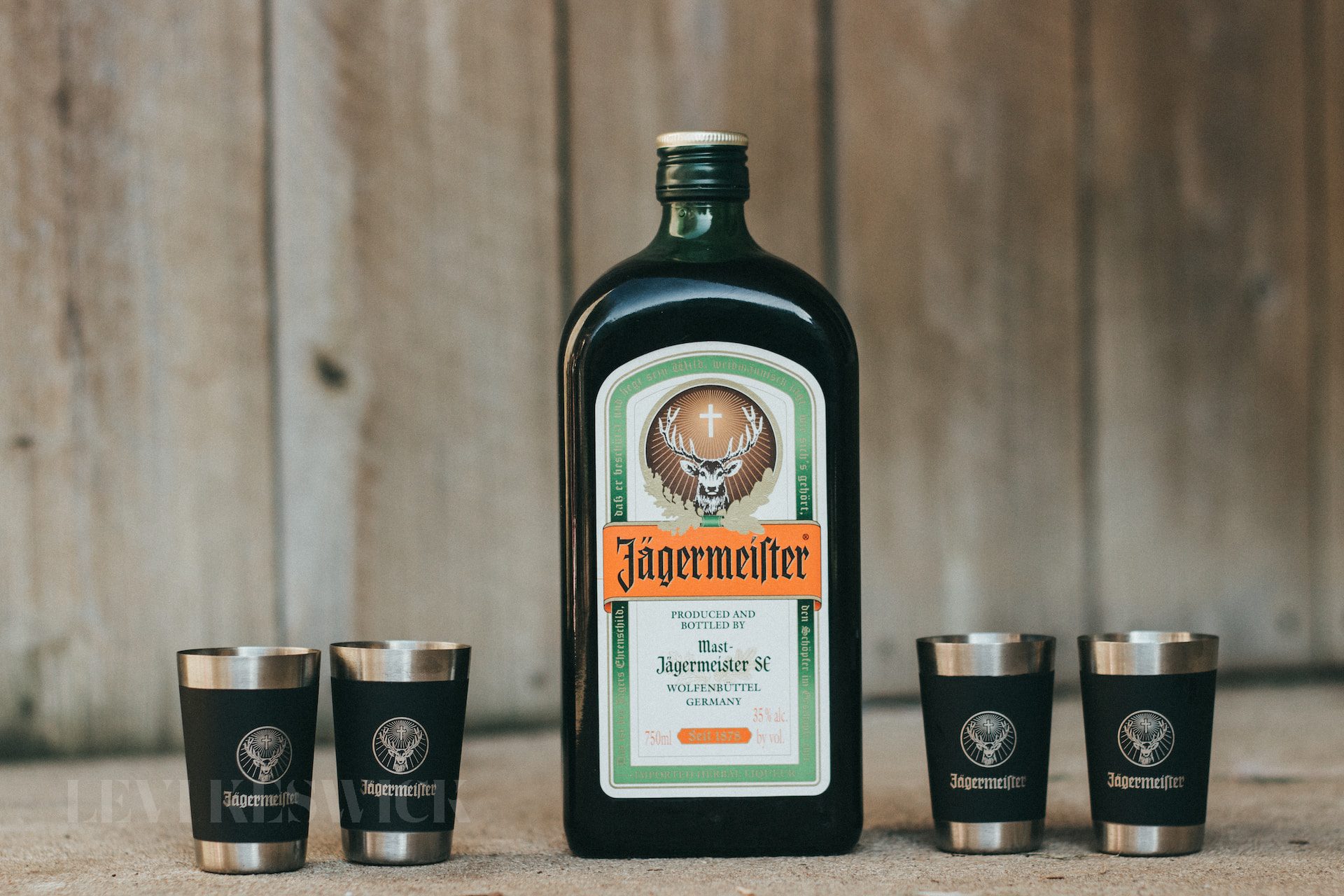Key Takeaways:
- Jägermeister, a popular German digestif, carries a rich history dating back to the 1930s.
- Over 56 ingredients go into making this unique liquor, creating its sweet, spicy, and bitter flavor.
- Jägermeister holds a dominant position among global digestif brands despite competition.
- The brand has expanded its product line, appealing to coffee lovers and special celebrations.
- Jägermeister has significant cultural impact, from sponsorship in professional sports to being loved by famous rock bands like Guns N’ Roses.
Jägermeister: More than Just a Bottle
Germany, widely known for its beer and precision-engineered cars, is also home to one of the most famous brands of digestif in the world – Jägermeister. Jägermeister, often referred to as Jäger, was originally marketed as a medicinal solution. Its unique concoction is credited to a host of herbs, spices, and citrus ingredients, creating a sweet, spicy, and bitter flavor profile that distinguishes it from its competitors.
The Genesis of Jägermeister
Curt Mast, who invented Jägermeister in 1934, inherited a vinegar factory from his father and transformed it into a production site for spirits. His love for the great outdoors inspired the brand’s name, “Jägermeister”, meaning “hunting master.” Its signature logo, a majestic stag and cross, was inspired by the legend of Saint Hubertus, the patron saint of hunters. The iconic square bottle of Jägermeister that we see today was chosen for its durability.
The Art of Making Jägermeister
Creating Jägermeister is an intricate process that involves the careful weighing, grinding, and maceration of 56 ingredients. After steeping these ingredients in a solution of alcohol and water for several weeks, the mixture is stored in oak barrels for a year. This stage allows the mixture to mature, absorbing flavors from the oak barrels. After this period, the mixture is filtered, mixed with liquid ingredients, and filtered again before being packaged in the famous Jägermeister big bottle.
Flavors Hidden Within
Jägermeister offers a complex bouquet of flavors due to its 56 distinct ingredients. Several known ingredients include star anise, cinnamon, licorice root, bitter orange, chiretta, orange peel, ginger, galangal, clove, mace, and cardamom. While the digestif is often described as having notes of black licorice, star anise, and root beer, its unique flavor isn’t universally loved. However, those who enjoy aromatic, herbaceous cocktails might find an appreciation for Jägermeister.
Relishing the Jägermeister Experience
Jägermeister is best enjoyed at freezing temperatures. While it can be consumed neat, many prefer to mix it with other beverages to create tantalizing cocktails. The most well-known cocktail is the Jäger Bomb, a mix of Red Bull and Jägermeister, which has long been a favorite at parties. However, it’s essential to consume responsibly, particularly when mixing alcohol and energy drinks.
Jägermeister’s Rivalry with Underberg
While Jägermeister has a distinct recipe and flavor profile, it shares its category of bitter liqueurs with competitors like Underberg. Though Underberg was created almost a century before Jägermeister, the latter has proven to be the more prominent brand in the global market. The rivalry between these two German digestifs has mostly been friendly, with both brands acknowledging their unique selling points and distinct flavors.
Jägermeister’s Expansion and Innovation
Jägermeister has continuously evolved to remain relevant to different generations of consumers. It has successfully expanded its product range to include Jägermeister Cold Brew Coffee, which is a fusion of the original Jägermeister, cold-brewed Arabica coffee, and a hint of cacao. This extension appealed to a whole new audience, particularly coffee lovers who appreciate a boozy twist to their usual cup.
Further, the brand has developed a range of limited edition bottles and flavors to commemorate special events and celebrations, constantly keeping the product line fresh and engaging for its customers.
Cultural Impact of Jägermeister
Jägermeister has transcended from just being a drink to becoming a cultural symbol. It has built strong ties with the music industry, sponsoring events and being a favorite drink of rock bands like Guns N’ Roses. In the realm of sports, it has sponsored football teams like the Bundesliga’s Eintracht Braunschweig.
Moreover, Jägermeister has also inspired countless artists and creatives worldwide. From song lyrics to film references, it has significantly influenced pop culture.
The Jägermeister Legacy
Today, Jägermeister is a household name. Its signature green bottle is easily recognizable and the brand continues to be an international leader among digestifs. Despite its bitter taste, it has won the hearts of millions around the globe and remains a staple at celebrations and gatherings.
Its rich history, intricate production process, and the secret blend of 56 ingredients give Jägermeister its legendary status. Regardless of whether it’s enjoyed in a Jäger Bomb or sipped neat, the spirit of the Jägermeister stag continues to resonate, marking its powerful presence in the world of liquors.








